Aging is a period of great change, physiological change, social change, and occupational change.
Aging is characterized by the gradual loss of physiological integrity of the body, leading to dysfunction and increased risk of death. This deterioration is a major risk factor for main human pathologies including cancer, diabetes, cardiovascular and neurodegenerative diseases.
Body aging is a physiological process accompanied by regular changes, the nature of which is programmed by heredity. This process involves a change in the mechanisms of the body, which leads to an impairment of homeostasis and an increase in age-related destabilization of vital functions. The aging process can be characterized by the following definition: “depletion of the body’s internal resources”. Due to that, with age, in elderly, aging and exhaustion of all body systems are observed. As a result, among other aspects, there is a decrease in the function of the respiratory system, blood vessels and heart, impairment of balance and equilibration, a decrease in bone density and a decrease in muscle strength, increased joint problems and other damage to various body systems.
Ultimately, quality of life deteriorates, as does self-confidence and functional independence. But this process can be slowed down and delayed if you know and pay due attention to physical activity and a healthy lifestyle. Any sports activity, when performed correctly, brings physical and moral benefits, further strengthening and improving the functions of the whole body. Physical activity is known for its ability to promote longevity and increase joy and quality of life, especially in elderly.
It is very important to emphasize that there are some significant differences between physical activity in youth and physical activity in older age. The high body sensitivity requires correct and accurate work, proper planning and development of exercise sets in order to prevent unnecessary harm and violations that can lead to various complications.
In addition to the body’s aging processes, there is an unprecedented important factor that can have far-reaching consequences both for the health of elderly people and for the quality of life and mental state – a time-related cause. When a person retires, he moves from fixed employment and craft to days full of free time, which can be the biggest enemy in old age.
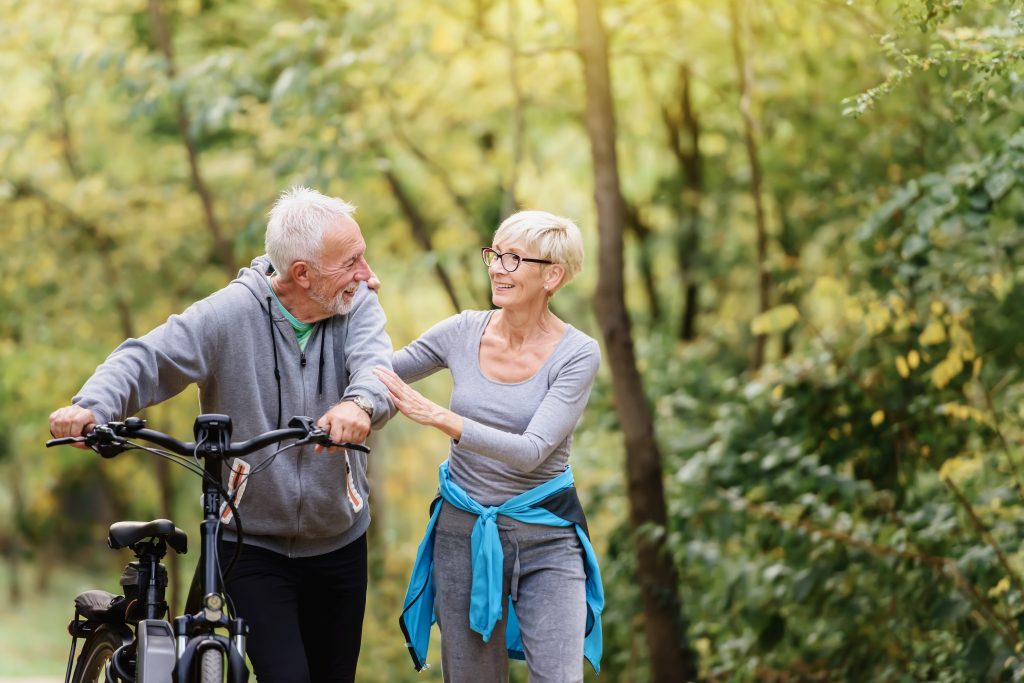
three basic rules that will help improve the quality of life in old age
Activity in free time
activity and again activity. Not working and spending most of the day between the four walls of the house can cause a variety of health and mental problems – from depression and feelings of loneliness to damage and weakness of the body muscles due to inactivity. The problem of loneliness should be emphasized – loneliness leads to depression and lack of vitality, and this quickly leads to a general health deterioration of the elderly, so it is necessary to pay great attention to the social life of the elderly. It is very important to fill the time with diverse and social activities that take place outside the home – classes, trips, volunteering in various settings, etc.
Physical Activity and Exercises
Exercise are very important for keeping the body healthy, improving the quality of life and even improving mood. Exercise makes you feel energized, refreshed, and helps slow and stop common health problems among the elderly, from the loss of muscle and joint flexibility to the improved heart and respiratory function, as well as improving balance and reducing the risk of falls common in the elderly. Regular exercise helps regulate blood pressure, blood vessels and the respiratory system, improves flexibility and range of joint motion, strengthens muscles, posture and even mood. It is important to focus on activities to improve bone density and prevent osteoporosis, strengthen the musculoskeletal system, exercise flexibility and cardiopulmonary endurance.
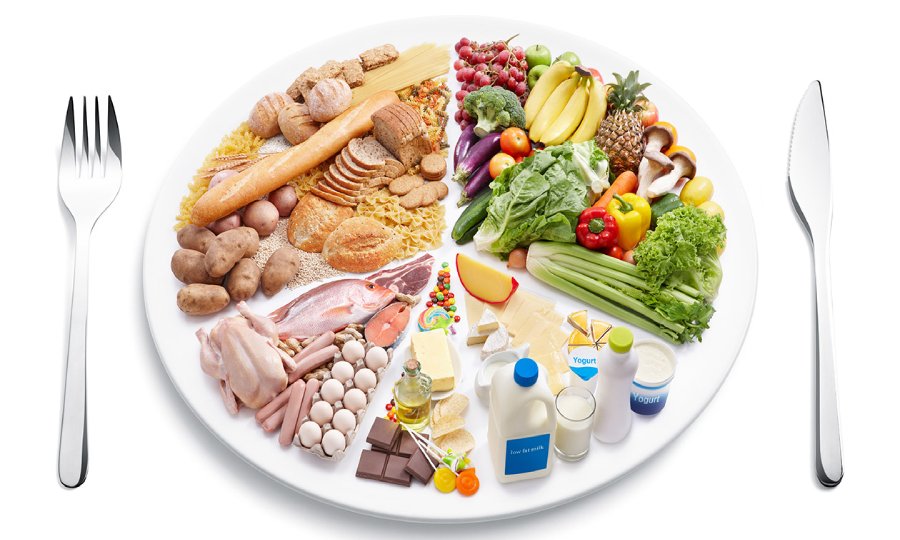
Proper and healthy nutrition
in the elderly, the human body undergoes many physiological changes, including a decrease in the number of minerals and vitamins important for the health of the body, such as calcium, which reduces the risk of fractures, vitamin B12, the deficiency of which can cause mood swings, confusion. and even anemia, etc. … To create a menu adapted both to the age and to the personal health condition of the elderly, it is necessary to provide the body with vitamins and minerals that it lacks – either with certain foods or some, or other food supplements. In addition, it is important to establish an orderly and regular meal time.
Very important! Do not overdo exercise or supplements – like all wrong actions, they can do more harm than good. It is necessary to consult with a medical specialist and rehabilitation professionals, and work according to a plan that is personalized for the elderly and adapted to their needs and abilities.
Significant changes associated with the COVID-19 pandemic that have taken place in the lives of all people over the past year and a half have had a very negative impact on the elderly (especially).
In addition to the immediate threat to health, recommendations for closure and quarantine, isolation and social distancing also negatively affect the mental and physical well-being of the elderly, in part due to the deterioration of physical activity. The population most affected by the corona virus is the elderly, and the older the age, the greater the damage.
People aged 60 and over are predetermined as a risk group, and reality confirms this definition. In addition, many coronavirus patients develop complications as they grow older, and some do not survive the illness.
The lack of human interaction that every human being so desperately needs leads to feelings of loneliness and sadness. During this period, many activities are impossible, which leads to disruption of the daily routine and deterioration of functional ability, motivation, concentration and mood. The level of physical activity is also declining, as the elderly do not often go out, go shopping or leisure activities less often, and even avoid visiting doctors, pharmacies, etc. Even those who have previously engaged in organized physical activity, in a group or individually, cannot continue to do so during this difficult period.
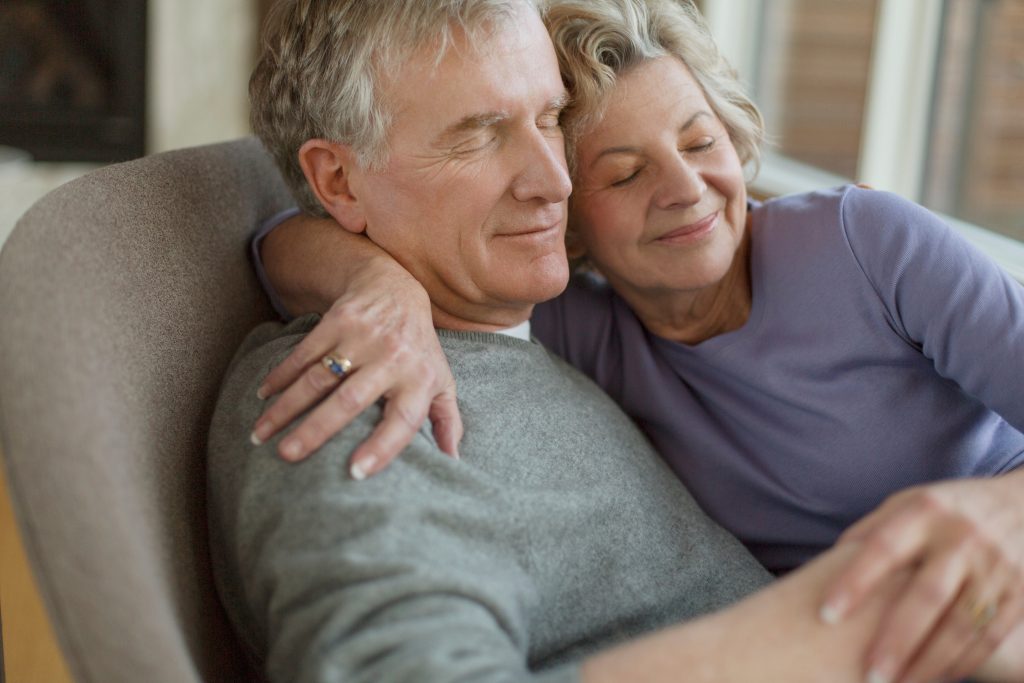
What are the consequences of reduced physical activity in the elderly?
The studies have shown that the age group in which physical activity is most important and has the greatest impact on health is people aged 65 and over. Keeping moving, active life style and physical activity improves coordination, heart and breathing, daily functioning, concentration and mood. It also reduces the risk of falls and heart disease, stroke, dementia, diabetes, and more. Many medical conditions can improve with exercise, or it can prevent regression, such as in the case of Alzheimer’s disease.
Therefore, lack of physical activity can lead to poor health, increased morbidity, increased incidence of injuries due to loss of balance and falls, cognitive decline, and much more. On the other hand:
Everyone knows how great the health benefits of exercise and regular physical activity are:
- Prevention of heart diseases
- Balance of blood sugar and insulin sensitivity.
- Decreased blood pressure and blood lipid levels.
- Improved mood, vivacity and feeling of freshness. This is due to the secretion of stress hormones and nerve transmitters that naturally reduce stress and pressure.
- Weight control
- Opportunity to get rid of social habits
- Improving the quality of sleep
- Reducing the risk of falls by improving muscle strength and flexibility, balance and coordination
- Improving cognitive and cognitive abilities, improving memory
- Social connections and their strengthening.
- Improving sexual ability.
- Reduction of fear and anxiety, feelings of functional dependency.
- Strengthening self-confidence.
That’s why they say “The exercises is the medicine”. Exercise can prevent illness and health problems, and even improve physical and mental health at any age. Therefore, maintaining physical activity among adult population is more important than ever. Recently, there has been an increase in cases where people who have stopped exercising for two to three months suddenly reported falls, weakness, and a significant decrease in functioning in everyday life. Therefore, at the present time, the understanding of what the consequences of inaction are for everyone, and even more so for the elderly, has intensified and become more relevant than ever.
Video: “EXERCISES FOR THE ELDERLY | SENIOR’S ZONE”
EXERCISES FOR THE ELDERLY/SENIOR’S ZONE. FIRST DIRECTION: REHABILITATION AND SUPPORTIVE THERAPY FOR THE ELDERLY (THERAPEUTIC SET OF EXERCISES). INITIAL STAGE OF REHABILITATION
For additional information about exercises for the elderly | Senior’s zone you can watch a video demonstrating exercises and rehabilitation recommendations.
What is the focus of attention in the development and planning of complexes of health-improving and supportive therapy and rehabilitation exercises for the elderly?
- Increasing muscle strength and endurance so that over time you can perform repetitive activities against resistance. This practice also has a positive effect on osteoporosis and increased bone density.
- Improved aerobic fitness (cardiopulmonary endurance) and as a result, less fatigue when leaving the house, taking long showers, etc.
- Flexibility and mobility to be able to move freely and without pain
- Improving equilibrium and balance- is important to prevent falls that can lead to unnecessary fractures and hospitalizations.
- Improved coordination, which affects the performance of daily activities, improved cognitive function and “flexibility, plasticity of the brain”.
- Improved everyday functions so that everyday activities can be performed without excessive muscle fatigue or overwork.

the five main benefits of physical activity for the elderly
Exercise in the elderly is necessary and very important, it significantly improves the physical and emotional state, especially in old age. Once again and in more detail, let’s talk about the five main benefits of physical activity for the elderly:
Disease prevention
The studies have shown that exercise can help prevent heart disease and diabetes. And reduce risk factors for other diseases such as hypertension and hyperlipidemia.
- Active people have been found to have lower blood lipid levels than inactive people, even those who are obese and diabetic
- In addition, exercise helps balance blood sugar and insulin sensitivity.
- Regular exercise for 30-60 minutes 5-6 times a week can lower blood pressure. So blood pressure is lower in physically active people
Improvement of psychological condition
Exercises release stress hormones and neurotransmitters (beta-endorphins, adrenaline, dopamine, and serotonin) that naturally reduce stress and pressure, resulting in improved mood, vitality, and confidence
The studies have shown that active people have a reduced risk of depression. This requires aerobic activity and muscle strengthening 3-5 days a week for 30-60 minutes. In addition, exercise also improves the quality of sleep, which is most important among the adult population, which also often suffers from sleep disorders
Reducing the risk of falls
Elderly people are more likely to fall, which can become an irreparable problem for maintaining functional independence. Exercise improves strength and flexibility, as well as balance and coordination. This reduces the risk of falls. The studies have shown that exercising 90 minutes a week reduces the risk of falls. It is very important to prevent falls because older people take longer to recover from them and the risk of fractures is high due to reduced bone density. Therefore, any preventive activity is extremely important.
Improvement of cognitive abilities
Regular exercises and work on fine motor skills influence the improvement of mental functions. Numerous studies have shown a lower risk of Alzheimer;s disease, or at least a slower progression of various diseases in active people.
A study of 170 participants over 50 years of age who complained of memory loss but had not been diagnosed with dementia found that taking 70,000 steps per week (49-55 km/week) for 24 weeks showed little improvement in cognitive function compared with the control group.
Social connections
It is very important for the elderly population to maintain social connections in order to avoid loneliness and depressive conditions. Whether a retiree joins a walking group, a fitness class, or even a gardening club, physical and social activity can become important and enjoyable and fulfilling, and of course enriching the social fabric. The main thing is to find the type of activity associated with it – depending on physical abilities and health, so that it is no longer a feeling of “work”, but brings satisfaction and pleasure.
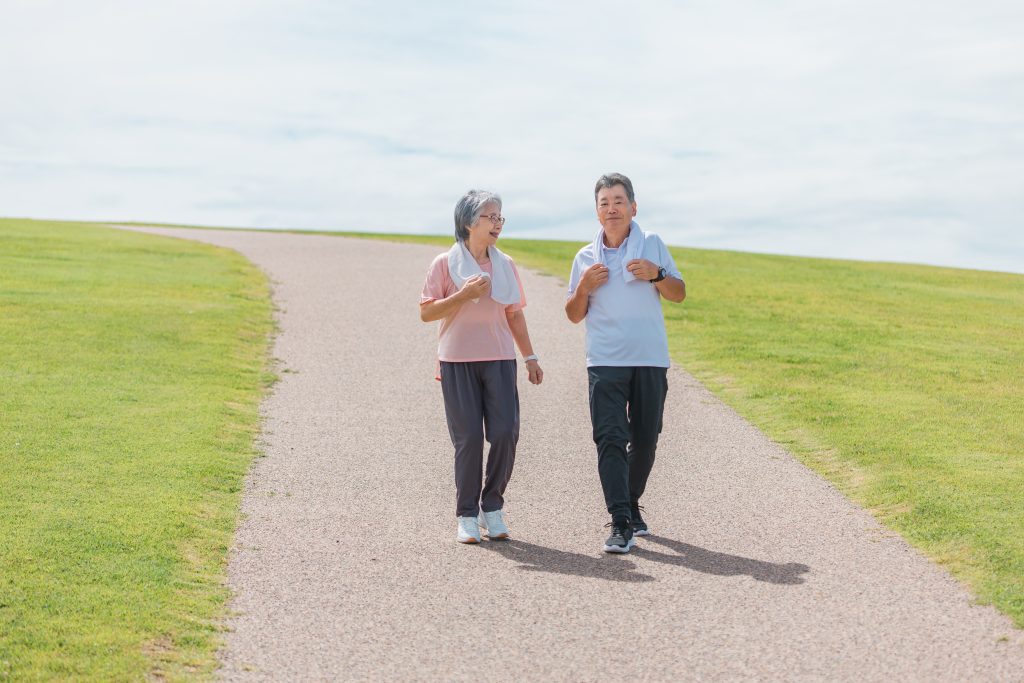
What types of physical activity are suitable for the elderly:
Walking
if possible, it is recommended to take a walk outside, get some fresh air, enjoy the nature, if you can achieve a load that will cause sweating – even better
swimming
Swimming is a great activity and is highly recommended because swimming engages all muscle groups and without stress, which makes the joints a little easier to work with. Most pools also have water exercise groups that also provide motivation and creativity to exercise.
Dance
Music is known to have a healing effect when you add body movement, dance and movement according to the rhythm is a winning combination for the body and mind
In addition, activities such as frequent stair climbing, joining walking groups, learning, practicing, gardening, and going on vacation also improve physical ability.
What is the volume of recommended physical activity for seniors over 75.
According to the World Health Organization, it is recommended to do 150 minutes of moderate activity each week or 75 minutes of vigorous activity. For example, 6 days a week for 25 minutes. It may seem like a lot, but if you diversify the activities and do them together with other people, the activity becomes more enjoyable, and time takes on a different meaning and quickly passes..
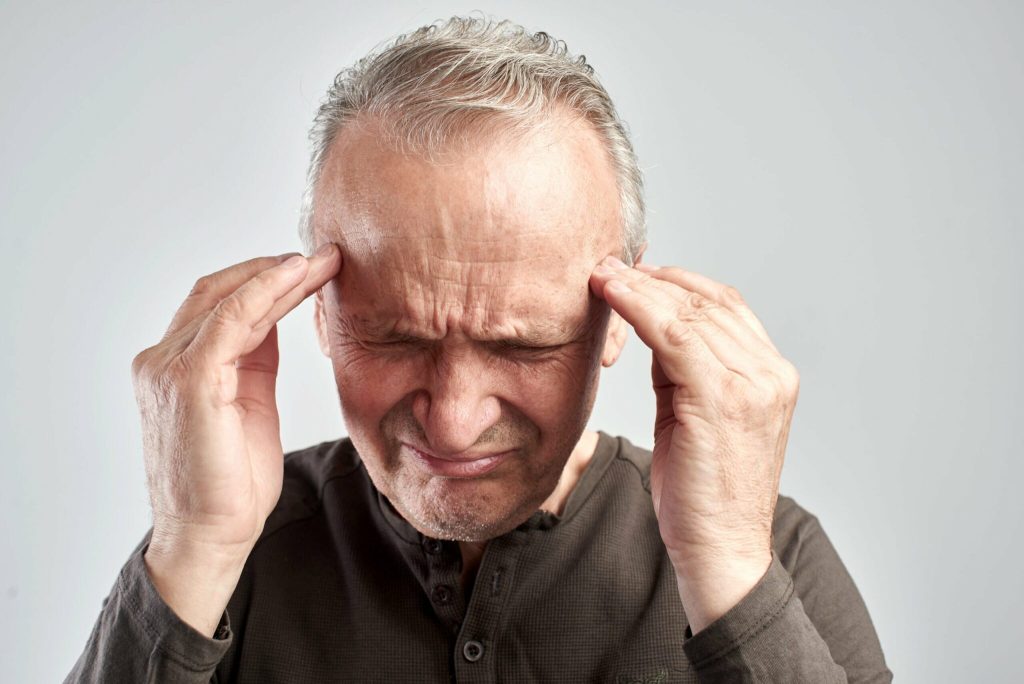
FALLS in the elderly
One of the important aspects of geriatrics, which concerns the health care systems of many developed countries, is the fall of the elderly. Serious complications and injuries associated with a fall, a dramatic decline in the quality of life of pensioners, the loss of the ability to function independently in daily life, dependence on the state budget and the high cost of treating problems associated with a fall; – all this makes us seriously think about the depth and seriousness of the problem, and take the necessary measures (also preventive) to combat this phenomenon. Many countries have already developed entire national programs aimed at reducing and preventing falls among the elderly.
Epidemiology
Falls are common among the elderly and are related to significant morbidity and mortality. About 30% of people aged 65 and over fall at least once a year, and the likelihood and frequency of falls increases with age.
Of those who fall, about 30%-20% develop moderate to severe injuries, and up to half of them (about 10% of those who fall) require hospitalization due to fractures, head injuries, etc.
The risk of fractures due to falls is further increased by the high rate of bone loss (osteoporosis) in the elderly population. In light of this, even a minor injury can cause a fracture.
Falls cause the majority of fractures and injuries in the elderly and are the leading cause of death from traumatic complications. Falls in the elderly can lead to head injury/brain hemorrhage, hip, shoulder or hand fractures.
To understand the seriousness of the problem, let’s consider the evident facts: – A hip fracture leads to surgery, an average of 20 days of hospitalization, functional decline and even 20% mortality in the first year after surgery! In addition to physical trauma, a fall can cause mental trauma and a sharp decrease in functional activity.
In order to understand the complexity of the problem, we will first try to understand the causes of the fall and influencing factors.
With increasing age, we grow older, the effectiveness of various systems which function is to maintain balance and equilibrium, decreases. Vision deteriorates, the speed of our reaction is significantly reduced and, consequently, the danger of falling increases. Especially if we don’t keep our bodies healthy and active..
Risk factors
There are 4 main groups of risk factors that cause a fall:
Internal, Biological factors associated with health:
- Drugs (usually a large number of drugs taken)
- Increased age
- Decreased hearing and vision
- Chronic diseases such as osteoarthritis, osteoporosis
- Increase (or a sharp drop) in blood pressure – orthostatism
- Insufficiency of sphincters (uncontrolled urination)
- Neurological diseases such as Parkinson’s and Alzheimer’s diseases
- Decreased levels of vitamins in the body
- Slow response time
- Change of the type of walking: reduction of the distance, change the length of the stride, reduction of the speed when walking
- Loss of equilibrium and balance when walking –
- Decreased ability to concentrate and difficulty paying attention
- Lack of assessment of the situation and assessment of possible danger.
Social-psychological factors:
- Lack of social connections-
- Limited access to health and social services
- Loneliness
- Psychological tension and stress
- Cognitive disorders
- Fear and phobia psychomotor disorders and anxiety
Environmental factors:
- Unsuitable housing: stairs, carpets, tight quarters.
- Insufficient lighting at night.
- Incorrect selection and use of aids for walking and movement.
- Untidy sidewalks on the street.
Behavioral factors:
- Lack of physical activity and related muscle weakness
- Alcohol consumption
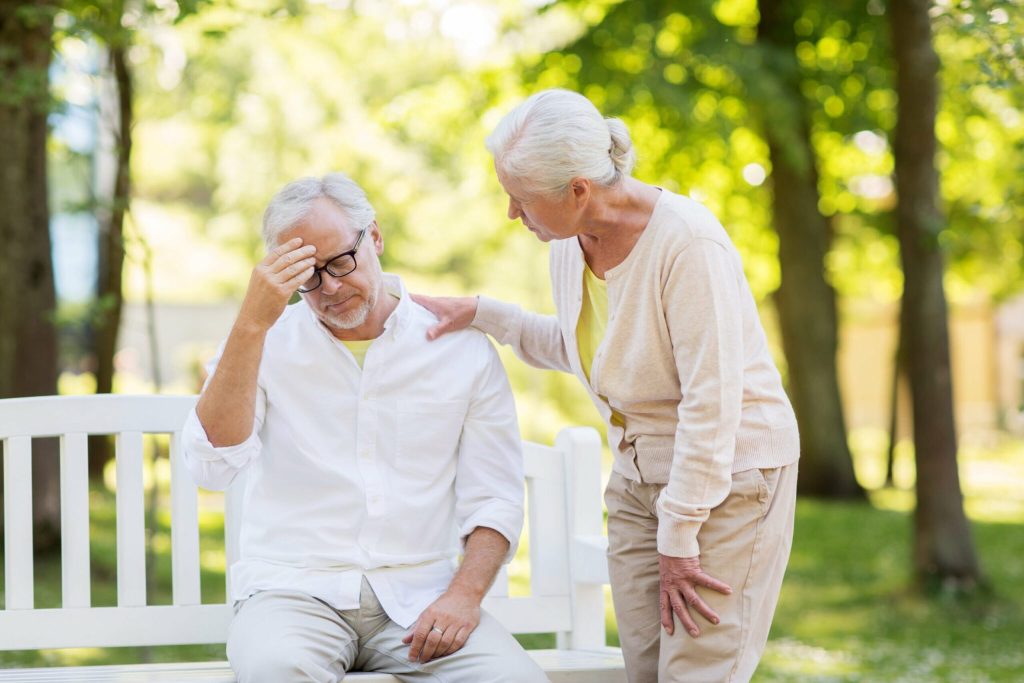
What is the danger of losing equilibrium and balance?
The most obvious dangers of losing equilibrium and balance are, of course, stumbling and falling. The road from a fall to a decrease in functions, a loss of independence and independence and a deterioration in mood and even depression is very close.
Indirect dangers that we do not always pay attention to: refusal to walk and exercise, prolonged sitting, fear of leaving the house – all this leads to a significant deterioration in functions, and this has a huge impact on the quality of life.
After a fall, many elderly people are left with “post-fall syndrome”: fear, anxiety, decreased function, confusion, and depression. It is a vicious circle in which they literally suffer from fear and are paralyzed by fear. The fear of falling that they have experienced causes them to stop all activity, sit most of the day, walk very little around the house, only for the sake of necessary things. They lock themselves in the house and don’t go anywhere… Of course, this situation leads to a huge snowball of fear, inactivity, further weakness, further deterioration of balance, deterioration of many health conditions and much more.
Treatment of fear after a fall should be as quick and intense as possible in order to restore the patient’s self-confidence, walking and activity. This treatment is complex and requires a very professional approach based on the recommendations of rehabilitation specialists and physiotherapists. With proper and accurate work on a set of exercises, it is certainly possible to improve equilibrium, balance and reaction speed and thus prevent falls and maintain our health. It is important to remember that in addition to exercise and training, it is very important for the balance system to take into account many physiological elements and reaction speed. This means: muscle strength, muscle endurance, joint range of motion and joint flexibility.
One of the common causes of imbalance and dizziness is damage to the vestibular system. Damage to the vestibular apparatus leads to dizziness, instability and imbalance.
Let’s consider what other organs and systems in the body are responsible for equilibrium and balance.
We receive information about the position of the body in environment from several sources:
- Sense of vision (our eyes): transmitting visual information to the brain helps to navigate in environment
- The sense of touch (proprioception): this is a system that consists of sensors (receptors) scattered throughout the joints and transmitting to the brain in real time our body condition in relation to the environment. This feeling in our organs, joints and muscles at any moment. The proprioceptive system is responsible for the inner body sensations, and using it, the brain decodes the postures and movements of all parts of the body.
- Vestibular system: The balance organ of the inner ear. This is a system that provides the brain with continuous information about movements of the body and head, as well as the position of the body. The vestibular system includes parts of the inner ear and brain that are used to monitor balance and eye movements. This is achieved through the activation of reflexes aimed at maintaining balance and focusing vision during a movement.
This information, obtained from various systems, allows you to correct constantly and adjust the position of the body, activating the muscles of the eyes and body to achieve balance.
- A factor that also greatly influences our balance is the ability to react quickly. Sometimes, in a situation where we feel like we are about to lose our balance, we should react quickly to correct our posture and prevent a fall.
Based on the foregoing, a comprehensive, multidisciplinary approach to solving the problem is required, taking into account the features of all three main systems that provide balance and balance.
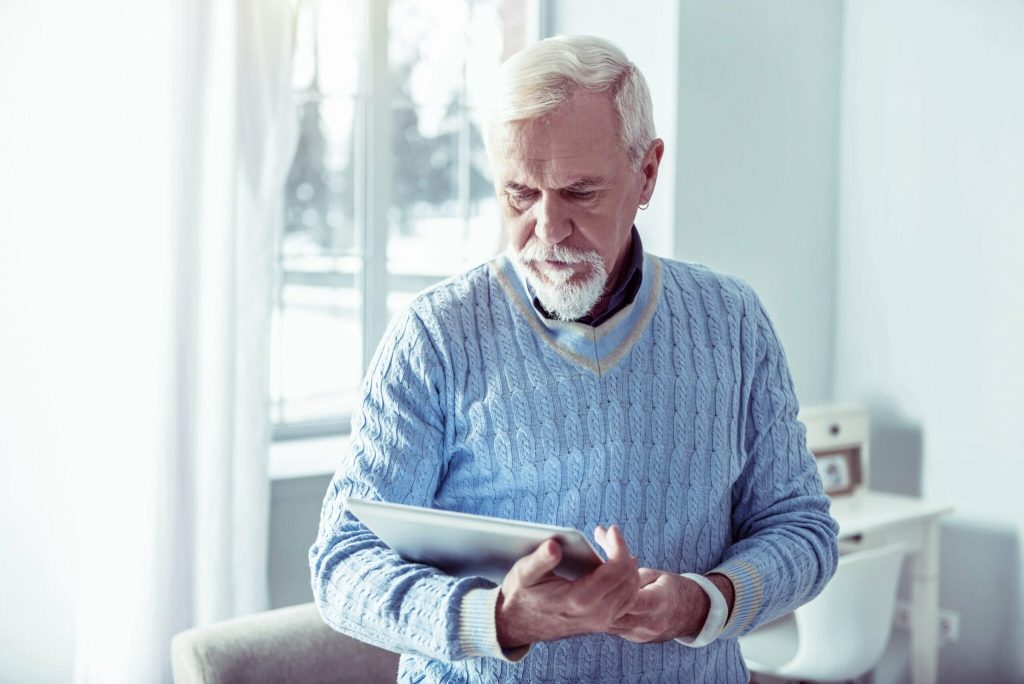
A Smart Behavior Strategy |system for the elderly
A Smart Behavior Strategy (system) has been developed for the elderly to reduce the risk of an immediate fall.
Here are her top tips and tricks:
Advice 1 – Adaptation and arrangement of home conditions. You can use the help of a physiotherapist or ergotherapist:
- Bathroom and toilet: Place a rubber mat in the shower to prevent slipping. Install support handles in dangerous places. Prefer bathing and drying the body while sitting. Do not close the door while showering so that your relatives can help you if necessary.
- Living room and bedroom: Do not place items on the floor. Electrical wires, carpets and flower pots can be real obstacles. Make sure that rugs are glued to the floor. If there are loose rugs, remove them from the house. Make sure that the aisles in the house are wide enough. Rearrange the furniture so that the aisles do not overlap. Use strong enough lighting. Place a bedside lamp and night lighting in the hallway leading to the bathroom and toilet.
- Stable Shoes: Closed shoes with non-slip soles will greatly help prevent falls. Flip flops or thick socks are a direct way to trouble. Closed slippers or sneakers are recommended.
- Stairs: Make sure there are no objects on the stairs. Adhesive tapes can be applied to prevent slipping. Of course, use the stair railing when descending or ascending.
Advice 2 – Do exercises that improve your balance.
Yes, to improve balance, you need to exercise daily, which significantly reduces the risk of falls.
Advice 3 – Do any kind of physical activity – at least half an hour a day.
Find and pick up your favorite activity: dancing, walking, swimming, stair climbing, and so on.
Advice 4 – Perform daily specific exercises to improve flexibility and muscle strength.
Advice 5 – Tell your doctor about all drugs you take, even dietary supplements.
There are certain medications that cause a drop in blood pressure, which can lead to dizziness and falling.
Advice 6 – Be sure to use hearing aids and glasses.
Mostly outside the home. Many people pass by on the street without paying attention to anything, these days there are also electric bikes that go by quickly. By anticipating their approach, collisions and falls can be prevented
Advice 7 – Use the mobility accessories recommended for you.
A cane, simple or with multiple points of support, or a walker, a walker with wheels and a seat, can save your life! Despite the discomfort or shame that elderly experience, these accessories are designed to help you keep your equilibrium and balance safely. It is recommended to be examined and diagnosed by a physiotherapist, who will select an accessory for your use. In addition, he will tell you how to use it correctly.
Advice 8 – Use comfortable, only closed shoes and comfortable, not in the way movement of clothes.

Important accents in health-improving and preventive therapy for the elderly:
Elderly people and people with multiple comorbidities are strongly encouraged to perform individual physical exercises developed with the participation of a therapist specialized in rehabilitation. The exercises are multidisciplinary and intended not just for balance or single muscle strengthening exercises. It is important to combine cognitive rehabilitation, practice the distribution of attention, practice difficult situations from everyday life and even new and unfamiliar situations. Note! The biggest risk is falling during training. Therefore, in practice, during the exercise you need to be very careful.
When working with the elderly, attention should be paid to the following aspects:
- Pain reduction: knee pain, hip pain, back pain.
- Rehabilitation after a prolonged hospitalization or surgery.
- Treatment of complaints accompanied by cartilage erosion, osteoporosis, osteoarthritis
- Strengthening muscle strength with a focus on the arms and lower limbs, shoulder and pelvic girdle
- Improve cardiopulmonary endurance as well as muscle endurance so that a patient can exercise longer and stay active
- Increased flexibility and mobility with a focus on the spine and limbs to maintain joint range of motion and reduce pain
- Improved walking: Maintaining the ability to walk and mobility is very important for daily functioning and independence. Due to muscle weakness, lack of flexibility, reduced cardiopulmonary endurance, and imbalances, many people have difficulty walking. A rehabilitation specialist can teach techniques to improve gait and improve the ability to walk, as well as select and explain the need for the use of walking aids.
- Prevention of falls: due to the fear of falling, there is sometimes a tendency to avoid activity and walking and, as a result, weakness of the body and further deterioration of balance. The rehabilitation specialist, based on a balance study, functional assessment, and review of the home, can provide advice on how to reduce risk factors for falls in the home and in the immediate environment.
All exercises should be performed safely and preferably under the supervision of a specialist. The main objective of health-improving and recovery programs for the elderly is to stop the deterioration of the physical and psychological state, slow down the aging process and provide the elderly with maximum safety and functional independence.

CHECK OUT THE DEMO VERSION OF OUR WORKOUTS FOR THE REABILITAITON OF the elderly | Senior’s Zone ON YOUTUBE
Our website presents sets of exercises for the rehabilitation of the elderly | Senior’s Zone in the following areas:
-
EXERCISES FOR THE ELDERLY/SENIOR’S ZONE. FIRST DIRECTION: REHABILITATION AND SUPPORTIVE THERAPY FOR THE ELDERLY (THERAPEUTIC SET OF EXERCISES). INITIAL STAGE OF REHABILITATION
-
EXERCISES FOR THE ELDERLY/SENIOR’S ZONE. FIRST DIRECTION: REHABILITATION AND SUPPORTIVE THERAPY FOR THE ELDERLY (THERAPEUTIC SET OF EXERCISES). MIDDLE STAGE OF REHABILITATION
-
EXERCISES FOR THE ELDERLY/SENIOR’S ZONE. FIRST DIRECTION: REHABILITATION AND SUPPORTIVE THERAPY FOR THE ELDERLY (THERAPEUTIC SET OF EXERCISES). ADVANCED STAGE OF REHABILITATION
-
EXERCISES FOR THE ELDERLY/SENIOR’S ZONE. SECOND DIRECTION: IMPROVEMENT OF EQUILIBRIUM AND BALANCE, PREVENTION OF FALLS. INITIAL STAGE OF REHABILITATION
-
EXERCISES FOR THE ELDERLY/SENIOR’S ZONE. SECOND DIRECTION: IMPROVEMENT OF EQUILIBRIUM AND BALANCE, PREVENTION OF FALLS. ADVANCED STAGE OF REHABILITATION



